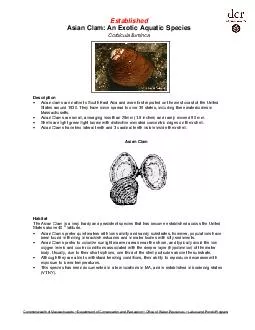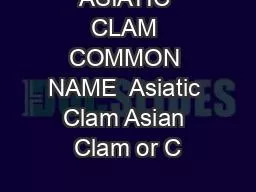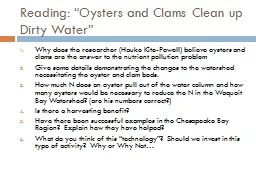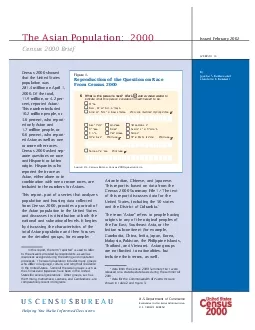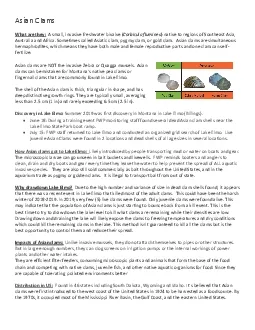PDF-Established Asian Clam An Exotic Aquatic Species Corbicula fluminca Description Asian
Author : pasty-toler | Published Date : 2015-03-05
They have since spread to over 39 states i ncluding three waterbodies in Massachusetts Asian Clams are small averaging less than 25mm 15 inches and rarely exceed
Presentation Embed Code
Download Presentation
Download Presentation The PPT/PDF document "Established Asian Clam An Exotic Aquatic..." is the property of its rightful owner. Permission is granted to download and print the materials on this website for personal, non-commercial use only, and to display it on your personal computer provided you do not modify the materials and that you retain all copyright notices contained in the materials. By downloading content from our website, you accept the terms of this agreement.
Established Asian Clam An Exotic Aquatic Species Corbicula fluminca Description Asian: Transcript
Download Rules Of Document
"Established Asian Clam An Exotic Aquatic Species Corbicula fluminca Description Asian"The content belongs to its owner. You may download and print it for personal use, without modification, and keep all copyright notices. By downloading, you agree to these terms.
Related Documents

